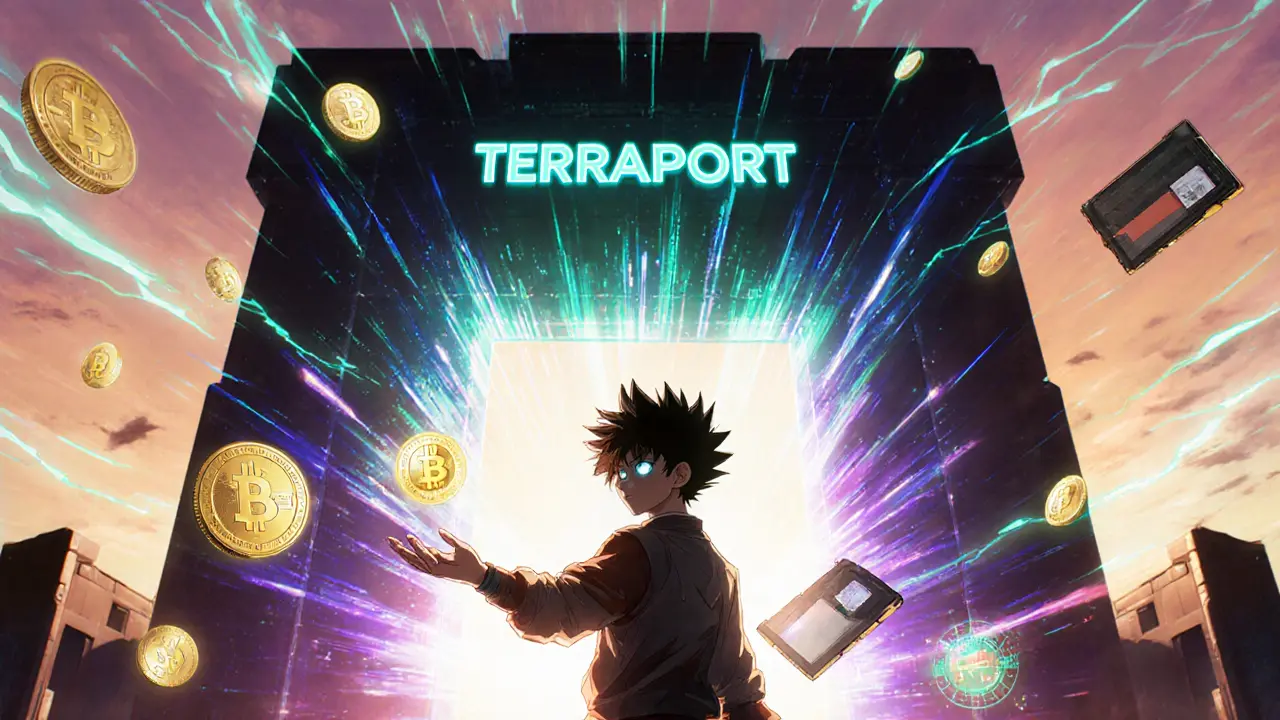

When working with Terra, a programmable blockchain built for algorithmic stablecoins and decentralized finance. Also known as Terra Network, it offers fast, low‑cost transactions and fuels a growing suite of DeFi products. This opening paragraph sets the stage for everything that follows, from token mechanics to real‑world use cases.
Terra encompasses a family of stablecoins, the most famous being UST, which aims to stay pegged to the US dollar through algorithmic incentives. The stability of UST requires the native governance token Luna to absorb price volatility. In simple terms, when UST drifts above $1, Luna is minted and sold to bring UST back down; when UST falls below $1, Luna is bought and burned to push the price up. This interplay forms the core of Terra’s monetary policy.
Beyond stablecoins, Terra hosts a vibrant DeFi layer. Anchor Protocol influences Terra’s lending market by offering fixed‑rate yields on UST deposits, attracting both retail and institutional capital. Other projects like Mirror (synthetic assets) and Pylon (liquidity mining) expand the ecosystem, giving users more ways to earn, trade, or hedge.
On the technical side, Terra is built on the Cosmos SDK and uses Tendermint BFT for consensus. This architecture enables fast block times and high scalability, while the smart‑contract layer runs on WebAssembly (WASM), allowing developers to write contracts in Rust or AssemblyScript. The result is a secure, modular blockchain that can integrate with other Cosmos zones via Inter‑Blockchain Communication (IBC).
Luna’s role goes beyond price stability. It also serves as the staking token that secures the network. Validators lock up Luna to earn rewards, and delegators can earn a share of those rewards without running a validator themselves. This staking mechanism requires active community participation, which in turn supports network security and governance decisions such as parameter changes or new module upgrades.
The Terra story has seen dramatic twists. After the 2022 UST de‑peg, the community launched a revival plan, introducing new stablecoin models and a series of governance votes to restore confidence. By 2024‑2025, Terra Classic (the original chain) co‑exists with a rebooted Terra that focuses on diversified stablecoins and tighter collateral controls. These developments illustrate how Terra’s governance and token economics can adapt to market stress.
For traders, Terra’s presence on major exchanges matters. Platforms like Binance, KuCoin, and Kraken list both Luna and UST, offering varying fee structures and security features. When choosing an exchange, consider withdrawal limits, custody options, and whether the platform supports Terra’s IBC bridges for cross‑chain moves. Understanding these practical aspects helps you navigate Terra assets safely.
Now that you have a solid grounding in what Terra is, how Luna stabilizes UST, and why DeFi projects like Anchor matter, you’re ready to explore the deeper dives below. Below you’ll find articles that unpack airdrop strategies, exchange reviews, staking calculators, and more – all tied back to the Terra ecosystem.

Terraport (TERRA) is a Terra Classic‑based DeFi platform. Learn its purpose, tokenomics, features, security, how to buy, and key risks in this comprehensive guide.